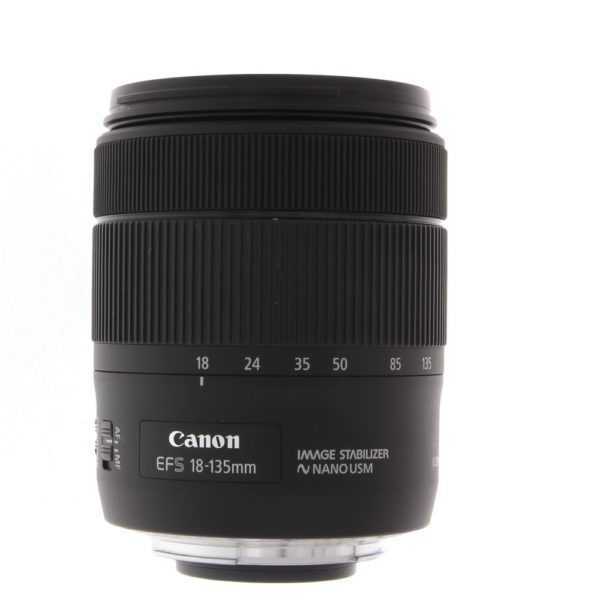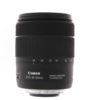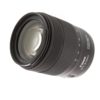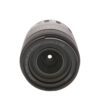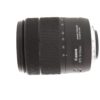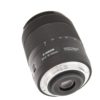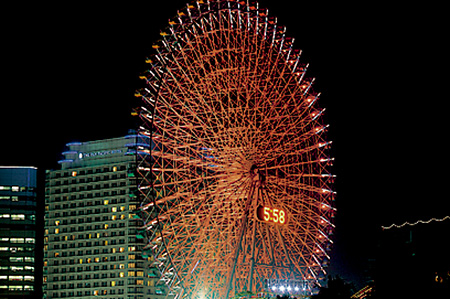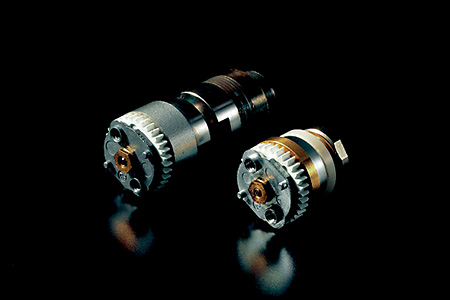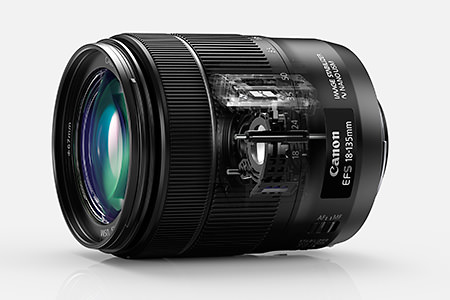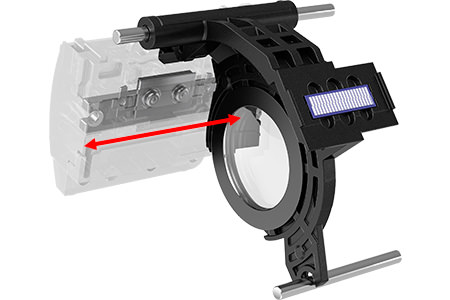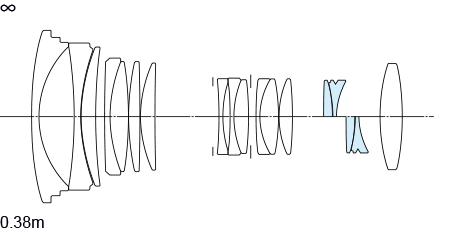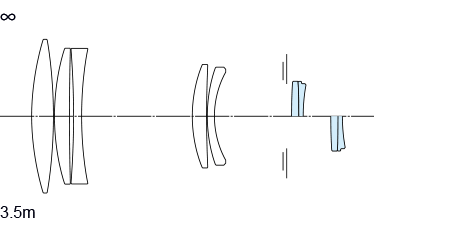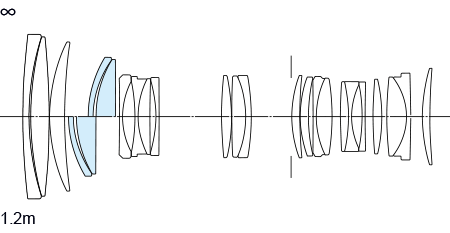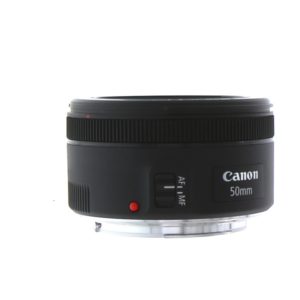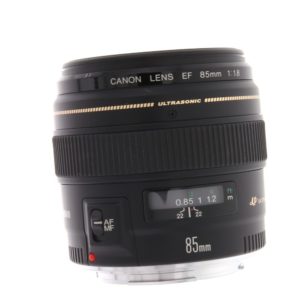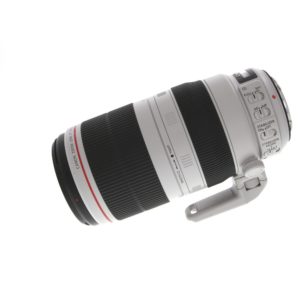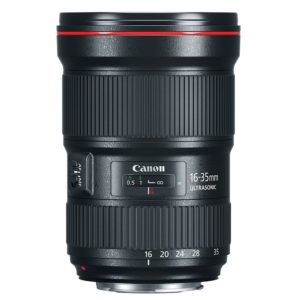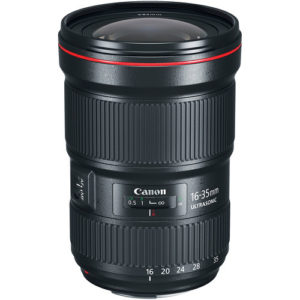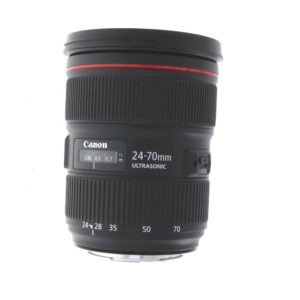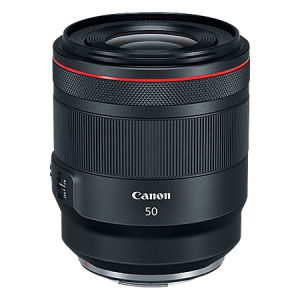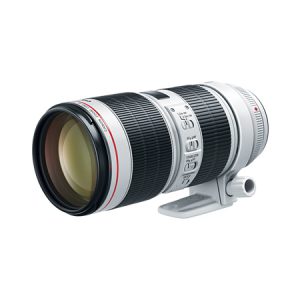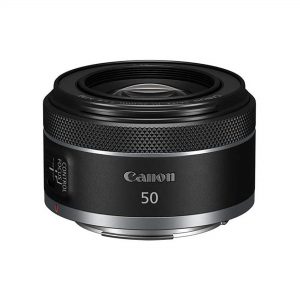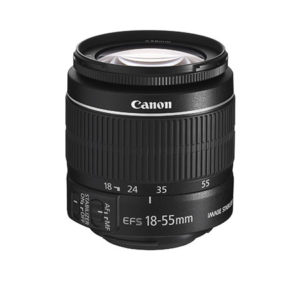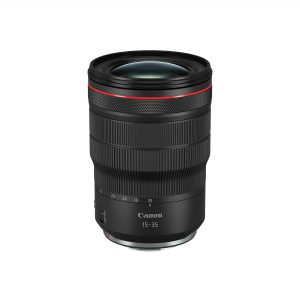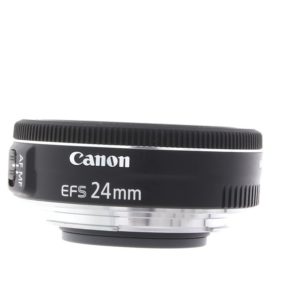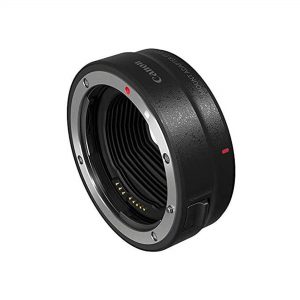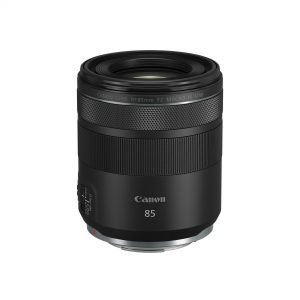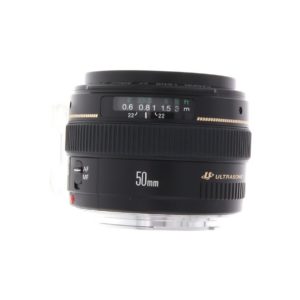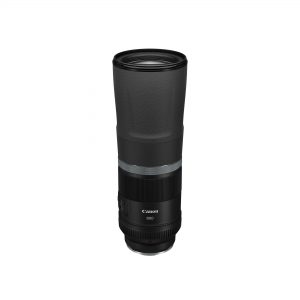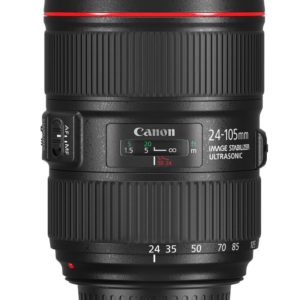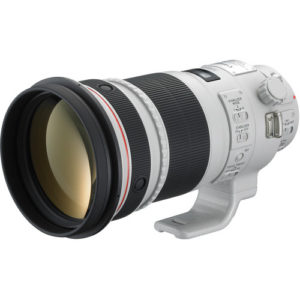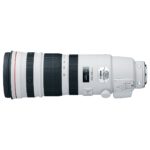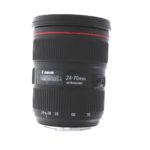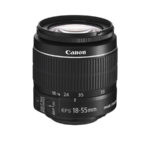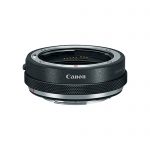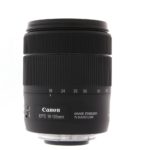Overview
Enjoy superb versatility from a lens that’s sure to be a kit-bag essential, giving quality performance in still photography and moviemaking, thanks to its new Nano USM technology. The speed and smooth focus of the EF-S 18-135mm f/3.5-5.6 IS USM gives stunning spontaneous shots, while its quiet motor ensures that movie soundtracks are undisturbed by focusing noise. This Nano USM-powered versatile compact standard zoom lens, meant for use with APS-C cameras, has a zoom of up to approx. 7.5x, which covers most subjects. It uses Canon’s established optical design, which prevents ghosting and flaring, resulting in better image quality. With Nano USM powering its AF, not only does it achieve focusing speeds that are 2.5 times (wide-angle end) and 4.3 times (telephoto end) faster than previous lenses, the AF is also quiet and seamless-ideal for movie shooting. The image stabilizing system (IS), which works up to an equivalent of 4 shutter speed stops, also includes Dynamic IS which can stabilize the camera shake that happens when you shoot movies while walking. The 7-blade circular aperture promises beautiful bokeh circles. The lens is also compatible with the POWER ZOOM ADAPTER PZ-E1, which helps you to carry out even smoother zoom operations.
Nano USM technology – smooth, fast and quiet
The Nano USM technology in the EF-S 18-135mm f/3.5-5.6 IS USM allows you to focus on your subject with exceptional speed. Combined with a versatile focal range, it allows you to capture dramatic landscapes, beautiful portraits and fast-paced action.

Professional quality movies made easy
Nano USM focusing technology provides a natural look to your movies, with exceptionally smooth autofocus when tracking subjects. However, you can also take control at any time with its responsive manual focus ring.

Silent focusing
Nano USM ensures that your soundtrack is uninterrupted by focusing noise thanks to its near silent motion.
Stay steady amongst the action
Shooting pin-sharp photographs is made easy with the 4-stop Optical Image Stabilizer. It counteracts camera shake for high quality results in low light or when using zoom, while a dedicated Panning Mode automatically engages when you are following a moving subject.
The Dynamic Image Stabilizer ensures movie footage is stable when shooting handheld, at full zoom or on the move.

Incredible versatility across the focal range
The EF-S 18-135mm f/3.5-5.6 IS USM comfortably captures a range of subjects due to its wide focal range. At its shortest focal length, you can capture expanses of landscapes. At the opposite end, you can get closer to action with its telephoto capabilities and high speed autofocus. The 4-stop Optical Image Stabilizer keeps your images sharp and steady when at maximum zoom, working in low light or shooting video.
Professional quality movie making made simple with the new Power Zoom Adapter PZ-E1
The new Power Zoom Adapter effortlessly attaches to the electrical contacts underneath the EF-S 18-135mm f/3.5-5.6 IS USM lens, allowing zoom to be operated via a simple lever (or Wi-Fi when used with a compatible EOS camera body), delivering consistently precise, smooth zoom control for professional looking movies.
Simple to use and lightweight, it’s the perfect accessory for professional quality moviemaking wherever you are; follow the action, shoot documentary-style footage, or zoom for creative effect.



